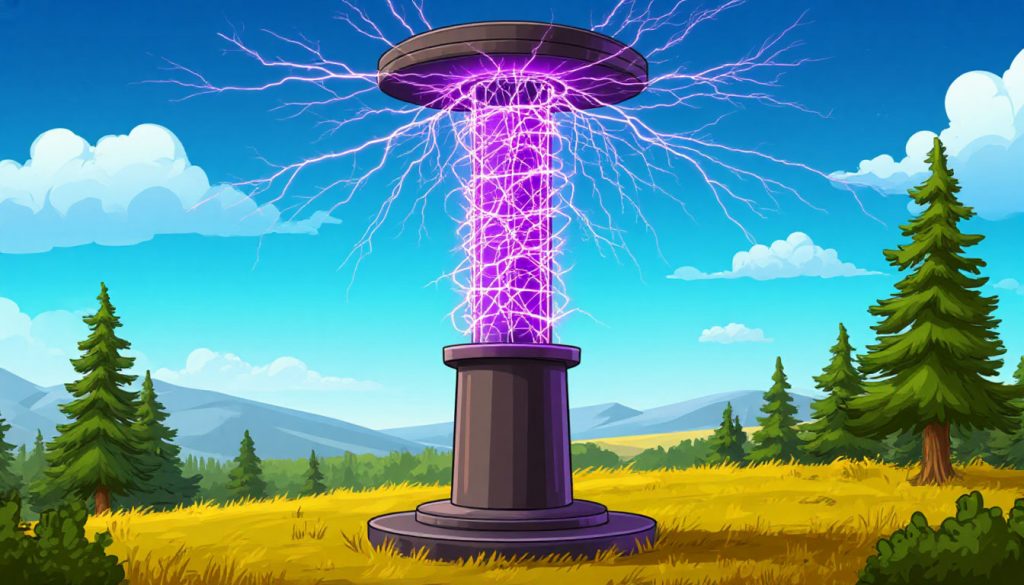Electricity is a fundamental part of our lives — powering homes, lighting cities, charging phones, and running entire industries. But what exactly is electricity? How does it work, and where does it come from? In this article, we’ll explore electricity in a clear and simple way, from its physical nature to its practical uses.
The Nature of Electricity
At its core, electricity is the movement of electric charge. This charge is carried by tiny particles called electrons, which orbit the nuclei of atoms. When electrons move in a coordinated flow through a conductor, such as a wire, we call this electric current.
There are two main types of electricity:
- Static electricity – an imbalance of electric charge on a surface (like when your hair stands up after rubbing a balloon)
- Current electricity – a steady flow of electrons through a conductor (like what powers your devices)
How Electricity Is Generated
Electricity doesn’t just appear — it must be generated. The most common method involves turning a coil of wire inside a magnetic field, which creates current. This principle is used in:
- Power plants (burning coal, natural gas, or using nuclear reactions to spin turbines)
- Hydroelectric dams (using falling water)
- Wind turbines (using wind to turn blades)
- Solar panels (converting sunlight directly into electricity via photovoltaic cells)
Key Concepts
To understand electricity, it’s helpful to know a few essential terms:
- Voltage (V) – the force that pushes electric charges through a conductor
- Current (A) – the amount of electric charge flowing per second
- Resistance (Ω) – how much a material resists the flow of current
- Power (W) – the rate at which electrical energy is used or transferred (calculated as voltage × current)
These are the building blocks of electrical systems.
Where We Use Electricity
Electricity powers nearly everything in modern society:
- Lighting and appliances
- Heating and cooling systems
- Electronics — from smartphones to computers
- Transportation — electric vehicles, trains, trams
- Medical equipment, communication networks, factories, and more
Without electricity, life as we know it would come to a halt.
Renewable and Non-Renewable Sources
Electricity can be generated from:
- Non-renewable sources: coal, oil, natural gas, nuclear
- Renewable sources: solar, wind, hydro, geothermal
Transitioning to clean energy is key to fighting climate change and ensuring a sustainable future.
Fun Fact
Lightning is a natural and powerful example of electricity — a sudden discharge of static electricity in the atmosphere that can carry millions of volts!
Final Thoughts
Electricity is invisible, but its effects are everywhere. Understanding how it works not only deepens our appreciation for modern technology but also highlights the importance of sustainable energy use. As the world moves toward greener solutions, learning the basics of electricity is more relevant than ever.
Glossary
- Electron – a negatively charged subatomic particle
- Electric current – flow of electrons through a conductor
- Voltage – the electric potential difference between two points
- Photovoltaic cell – a solar panel component that converts sunlight into electricity
- Turbine – a device with blades that spin to generate electricity from kinetic energy


